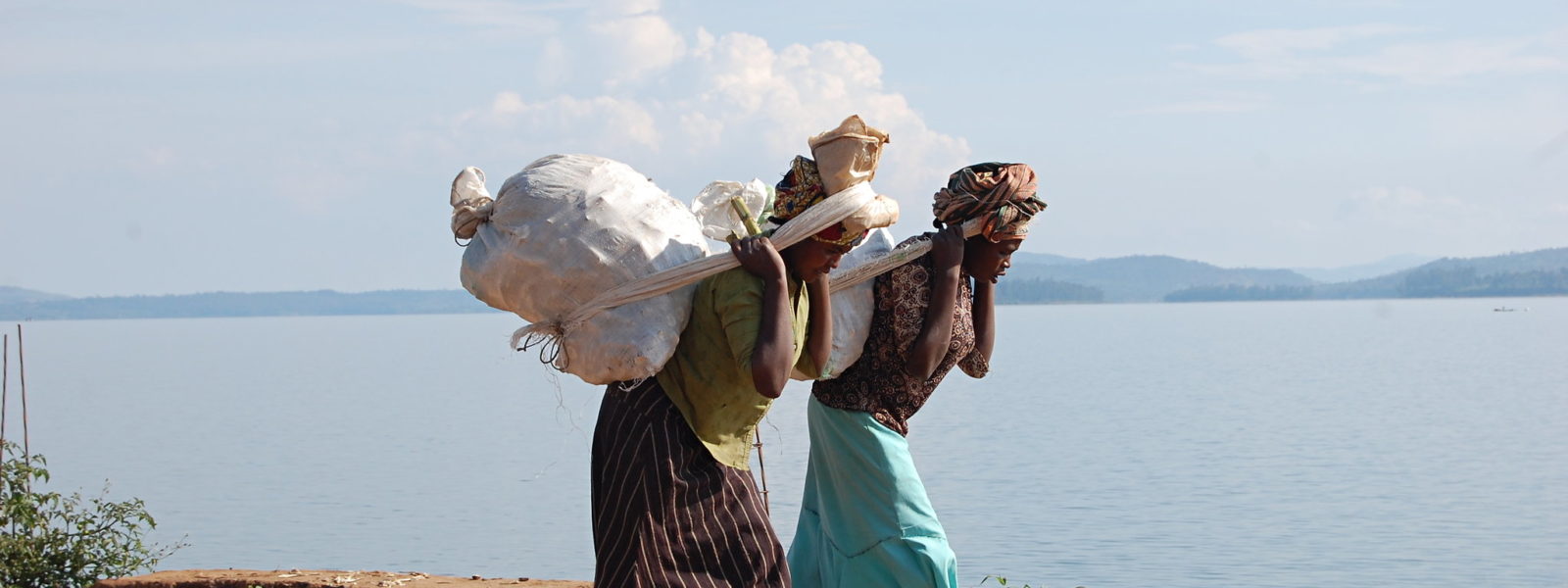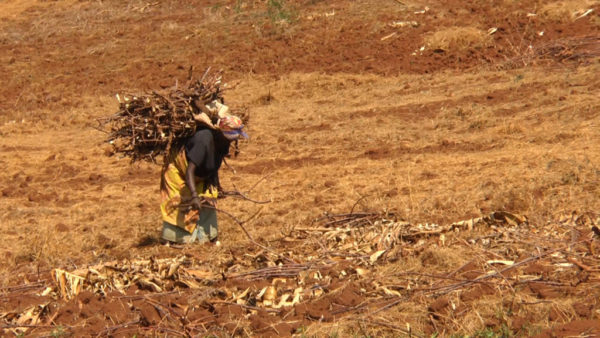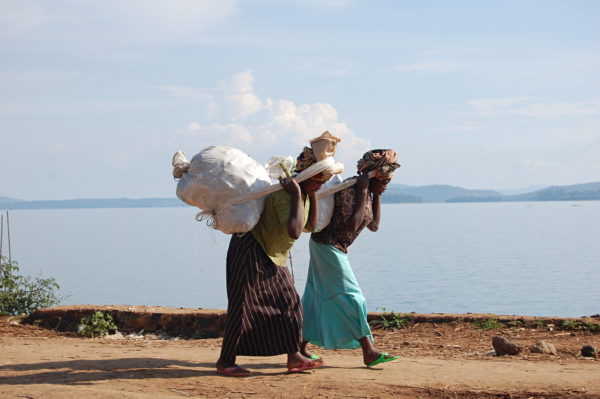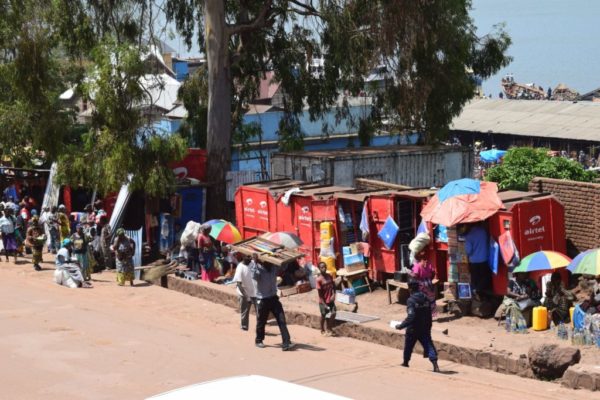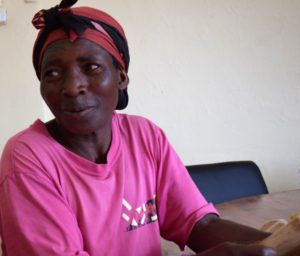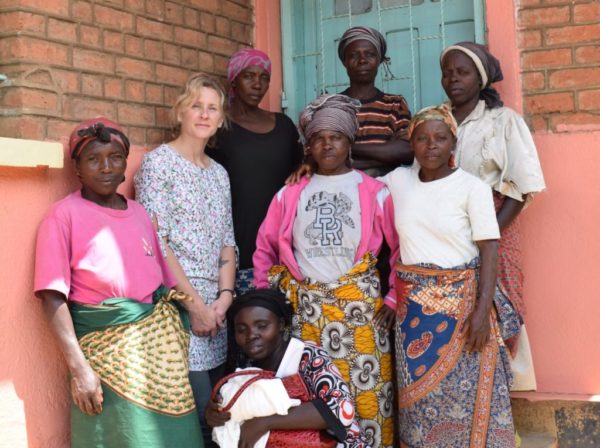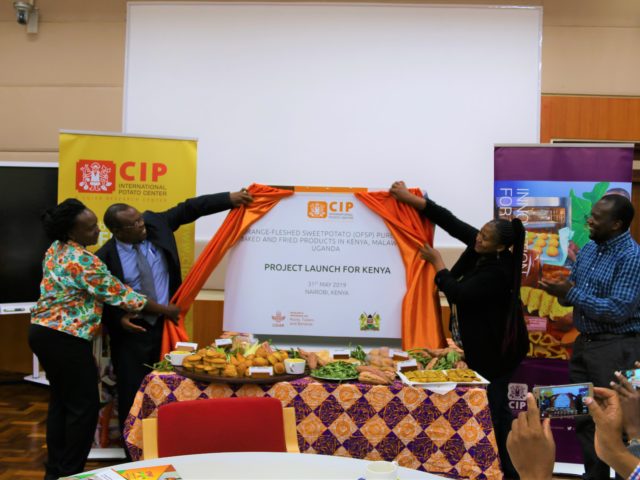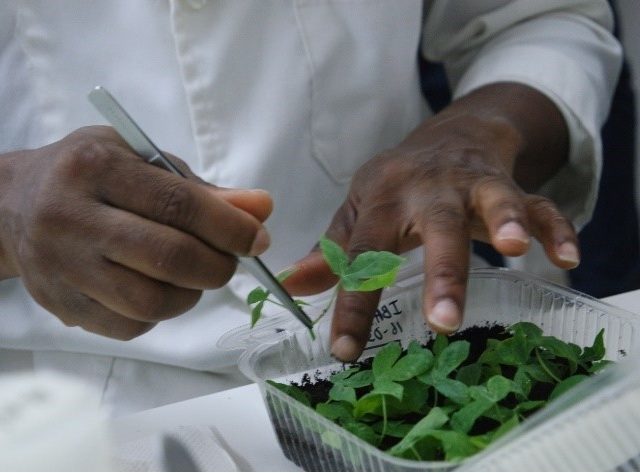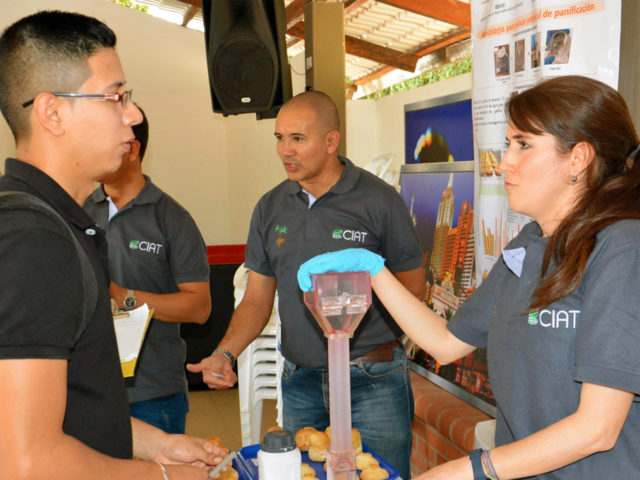Cassava is an RTB crop of key importance in the Democratic Republic of Congo. It is often processed into flour and used to make ‘bugali’, a dense porridge served with meat and cassava leaves, ‘sombe‘. Many agree that a meal without bugali is not a meal.
Women play a key role in the production of processing of cassava to feed their families. In Bukavu, a town with a rapidly growing population of around 1.2 million, women also play key roles in the cassava value chain. They work as transporters and carry cassava, among other goods, from markets to final destinations that include restaurants and private residences. Their burden is heavy, carrying between 50-100kg, and the distance they travel may require them to walk for up to 3 hours.
International Women’s Day celebrates the social, economic, cultural and political achievements of women. Yet, women worldwide continue to be over-represented in the informal sector, characterized by low skills and wages, poor rates of remuneration that disfavor women, and discrimination and violence against women (ADB, 2013).
Women in Bukavu face significant challenges to earning a living. Conflict and gender inequalities, supported by social norms and practices, are pervasive and undermine women’s progress towards acquiring land, earning income and securing agricultural livelihoods. In Bukavu, many women have sought work in the informal sector in agricultural markets as transporters. The so-called ‘carrier women’ are a visible part of the informal workforce, seen bearing burdens of 100kg or more of cassava, charcoal or sand, for instance.
Over the last few weeks I interviewed 17 women carriers who work at the Muhanzi Beach Market, a key port of entry for ships carrying goods from Idjwi Island. The women told me about their experiences carrying cassava, charcoal and sand in a quiet setting at a local hospital. Through their stories of hunger, of their children’s difficulties and spouses’ illnesses, these women maintained a stoic resolve. Meanwhile, I was thinking, what possibilities might there be for the International Institute of Tropical Agriculture (IITA) to support these women’s transition out of these dangerous working conditions? Too, how might the research activities of the CGIAR Research Program on Roots, Tubers and Bananas (RTB) support the development of alternative income generating activities for these women?
Many families fled from their home villages in rural areas during the Congo War, which officially ended in 2004. Among them were women who sought to earn a living. Today, carrier women often live in the outskirts of Bukavu and walk up to two hours to reach the market in the morning. Then they wait for the boats to arrive with goods coming in from Idjwi Island.
The women interviewed have, on average, been working as carriers for 14 years, some as many as 25 years. Working conditions are very difficult. Furah said, “Children in the neighborhood call me grandmother. I am only 53, but even a 60 year old looks younger than me.” Women went on to complain of body aches, painful knees, even hair loss from the rubbing of the sack on the back of their head. Women also talked about changes in the market over the last decade. In earlier times, most of the carrying was done by women; it was easy to find customers who would hire them to carry goods to their homes or restaurants. Nowadays, young men in search of money are also carrying heavy loads and the competition for customers is high. Young men’s entry into the market has made it more challenging for women to find work. Too, men often accept lower pay for the same tasks. Women once could be sure they would earn ~4 USD per day, now they sometimes end the day with 1.50 USD per day, and worse, sometimes nothing.
The women I interviewed are the main earners in the household, supporting an average of 8 children. Four are widows. Others’ husbands went off to work in mines, are jobless or ill. Women decide how to spend their money and purchase food and save the remainder to pay rent and school fees. Food is never enough and they often eat one meal in their households, dinner. It is difficult to cover the costs of school fees, yet these women’s ambition is to see their children finish school. Collette explained, “I want my children to study and to one day help me. I don’t want them to perform hard labor, school can help. They could be teachers or nurses.”
These women interviewed expressed hope to save capital and start a small business, selling flour or vegetables, for example. These interviews are a first step to learning about these women’s lives, their challenges, and their aspirations. The stories provide a basis from which to develop business options to enable women to transition out of this type of work. Preliminary ideas for business models include engaging in value chain activities with IKYA Agripeneurs and with Community Cassava Processing Centers (CCPCs) in South Kivu.
International Women’s Day calls upon all of us, women and men, old and young, to work together to achieve change to improve women’s working conditions and opportunities worldwide. IITA and RTB efforts support progress towards these achievements.
Article contributed by Renee Bullock, Gender Specialist, IITA
Contact: R.Bullock@cgiar.org
For more details see the New York Times story ‘Women as human pack horses in the Democratic Republic of Congo’
